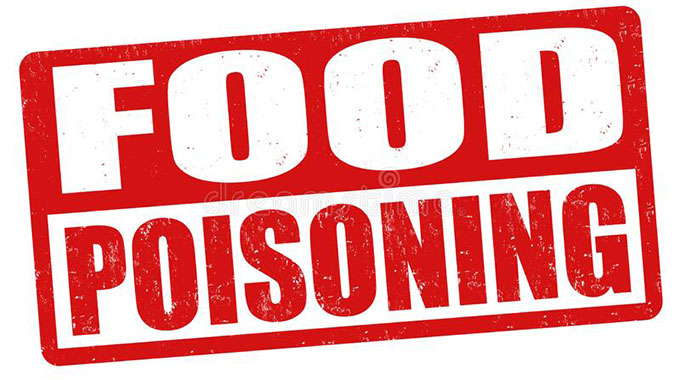Traffic jams cost Switzerland billions
GENEVA. — Traffic jams are costing Switzerland more each year, with 1.9 billion Swiss francs ($1.9 billion) cost in 2015, 7 percent more compared with 2010, the Swiss Office for Spatial Development (ARE) reports.
That represents about 0.3 percent of the Swiss GDP in 2015, according to the Swiss Federal Statistics Office.
Authorities are looking for ways to reduce it.
ARE said in a latest statement that most of the traffic jam costs (69 percent) were seen in time lost in waiting.
The rate rise in the total traffic costs by 7 percent was slightly higher than the increase in population growth which rose 6 percent from 7.9 to 8.3 million over the same period.
Along with developing road infrastructure, ARE recommends a number of measures to cut rush hour traffic.
These include flexible work and school times, more working from home and video conferencing, and road tolls, something that is being tested in the canton of Zug.
In the longer term, the problem of traffic jams could also be tackled using financial incentives such as mobility pricing.
Swissinfo, the website of the national broadcaster, cited the Transport and Environment Association (ATE) as saying that another effective way to reduce traffic jams is to regulate driving speeds.
In parallel with the Office for Spatial Development report, the ATE released a statement describing a Swiss Federal Roads Office study that showed a reduction in traffic jams following the launch of a “speed harmonisation” system.
By conducting a test on a Swiss autoroute, or freeway, the Federal Roads Office found that after reducing driving speeds to 100 and 80 km an hour, traffic flowed more easily and journey times were “globally reduced.”
The harmonization method depends on the traffic situation, the association explained: in dense traffic, speed limits are reduced, which increases the capacity of the road in question as well as safety for those on the road. — Xinhua.








Comments